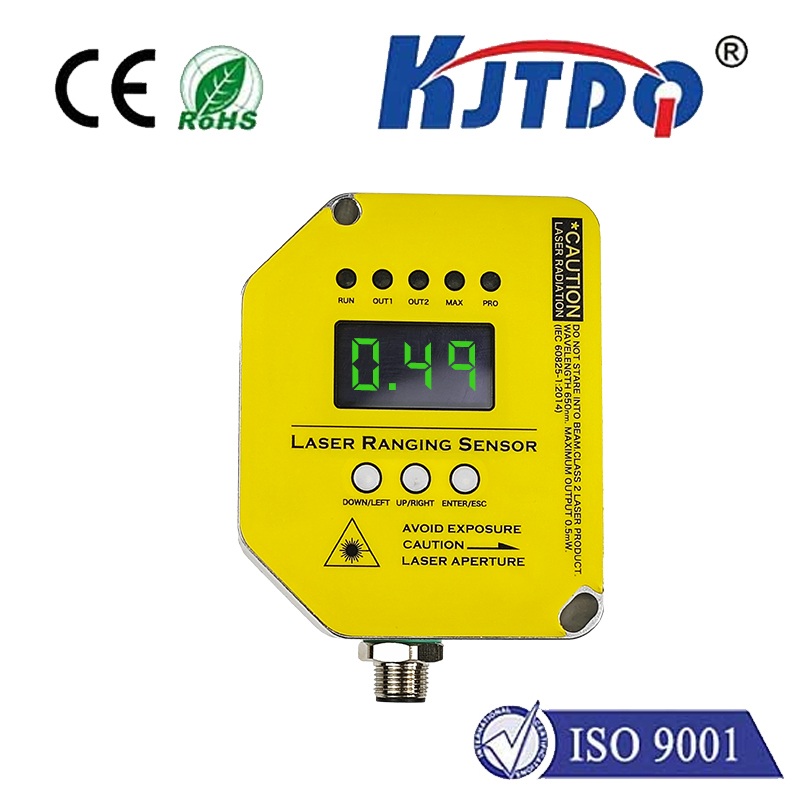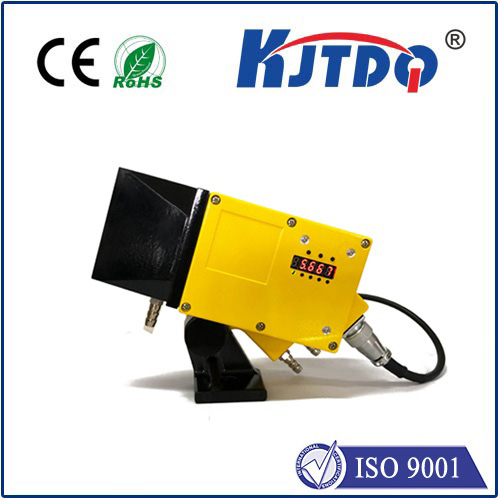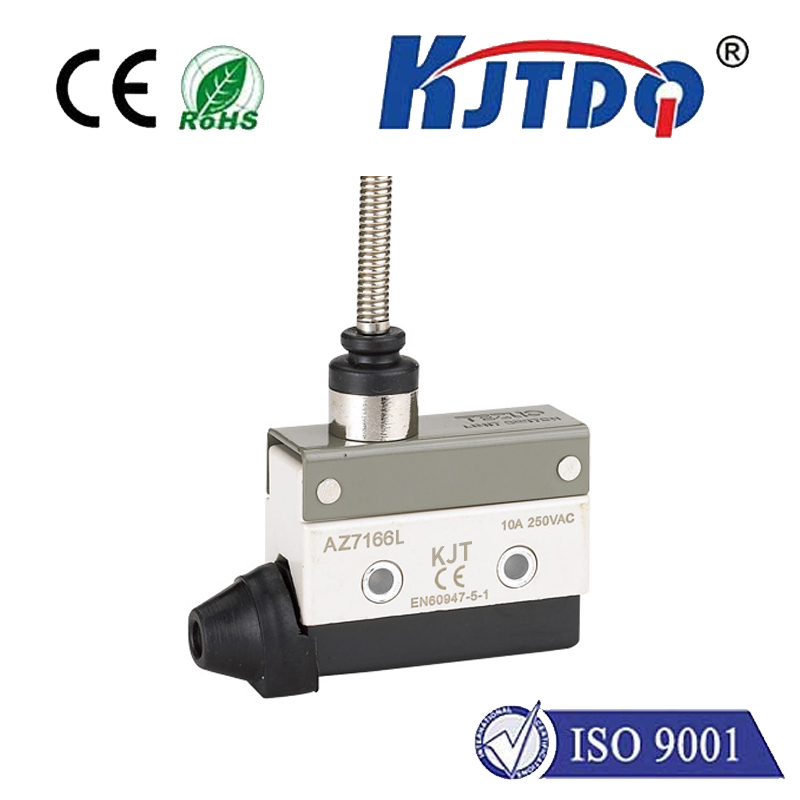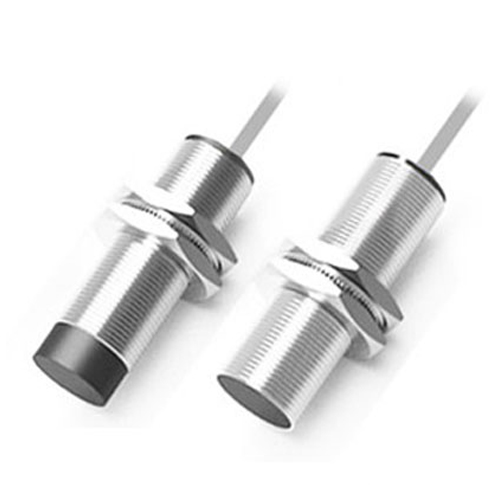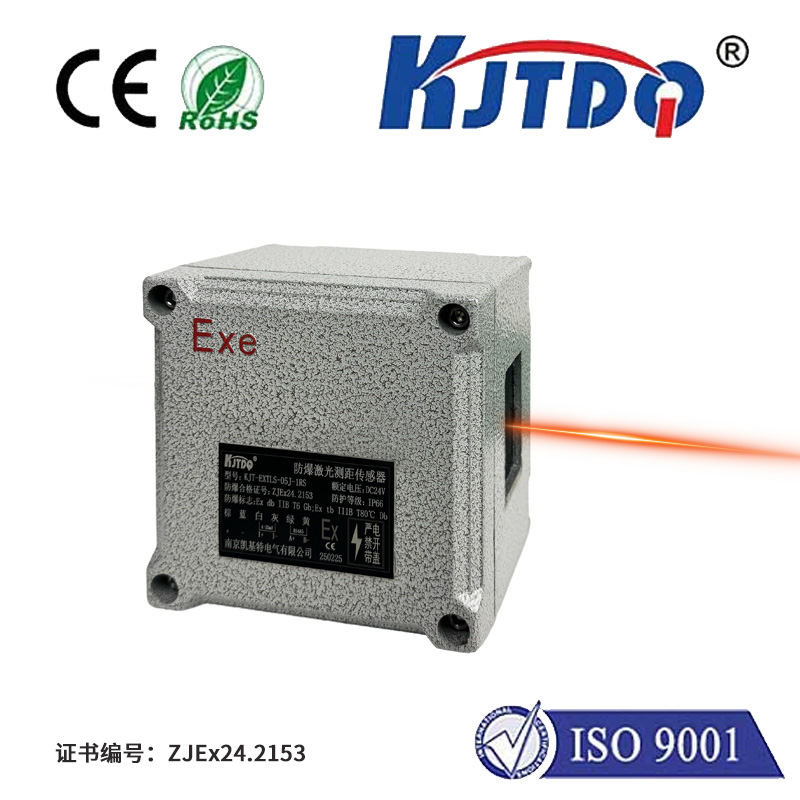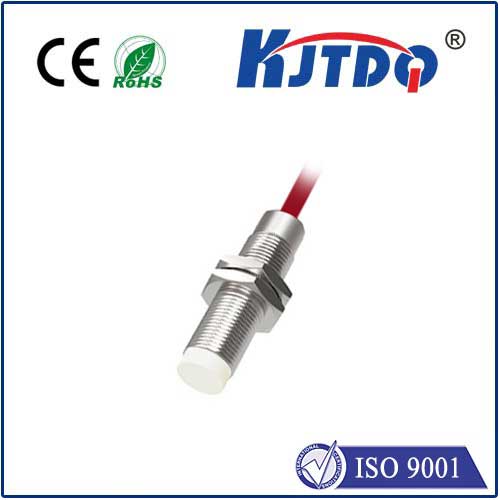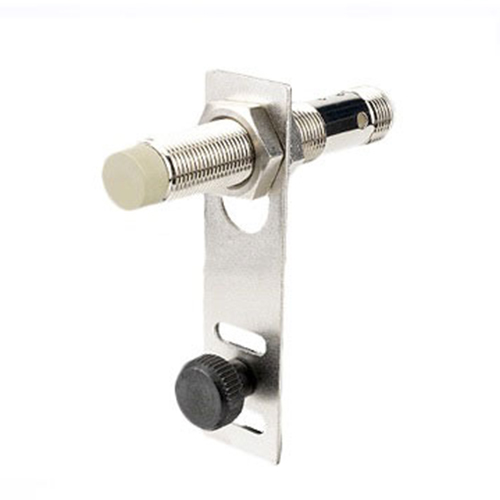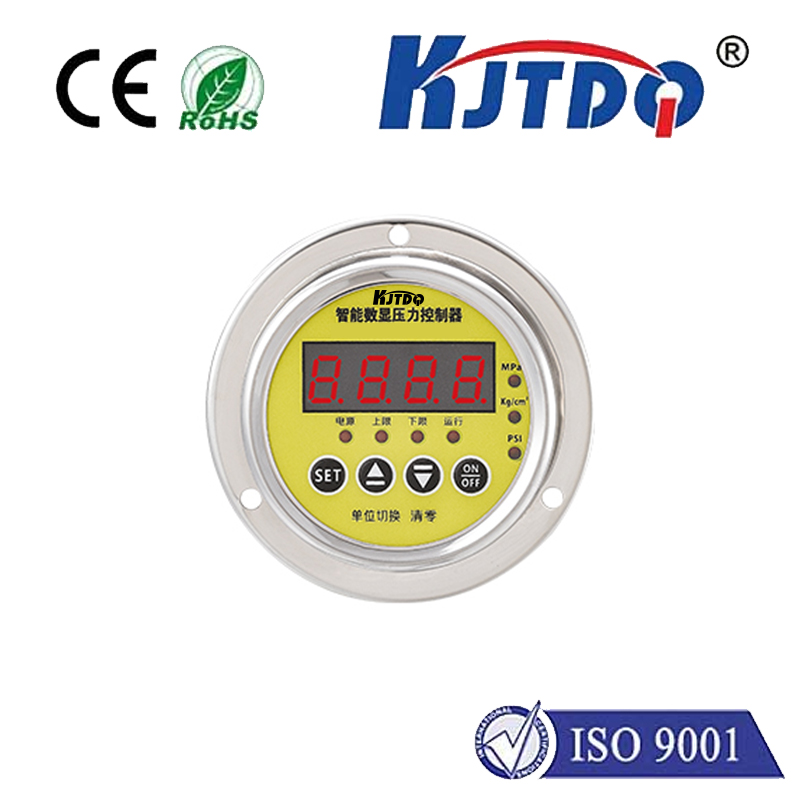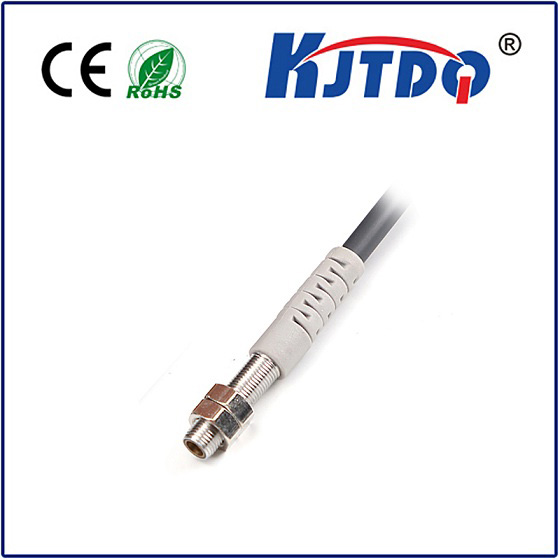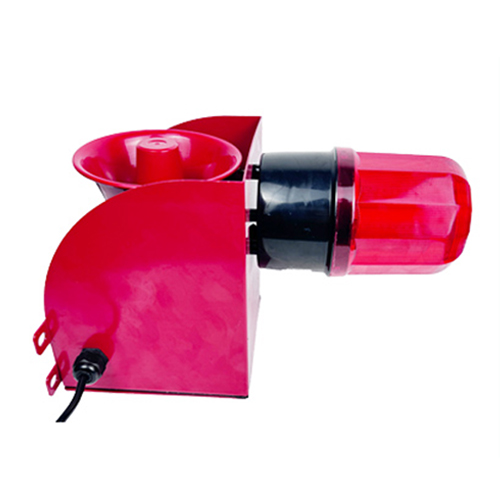

check

check

check

check
PZ-V11 Photoelectric Sensor: Enhancing Automation and Safety in Industry
In today’s rapidly evolving industrial landscape, automation and precision are key drivers of efficiency and productivity. Among the many technologies that enable these advancements, the PZ-V11 photoelectric sensor stands out as a vital component in modern automation systems. This sensor is designed to detect objects using light, offering a reliable and accurate solution for a wide range of applications. Whether it’s in manufacturing, logistics, or safety monitoring, the PZ-V11 photoelectric sensor plays a crucial role in ensuring smooth operations and minimizing errors.
The PZ-V11 photoelectric sensor operates on the principle of light detection and suppression. It uses a light-emitting diode (LED) to emit a beam of light, which travels through the air and is reflected back to the sensor. If an object is in the beam path, the sensor detects the interruption and triggers an action, such as stopping a machine or activating a safety mechanism. This non-contact method of detection ensures that the sensor is immune to physical obstructions and can operate in a variety of environments.

One of the most significant advantages of the PZ-V11 is its versatility. It is suitable for both static and dynamic applications, making it ideal for use in factories where products are being moved, inspected, or sorted. The sensor can be easily integrated into existing systems, which is a major plus for industries looking to upgrade their automation infrastructure without significant disruptions.
The PZ-V11 is also known for its high accuracy and reliability. It is designed to detect objects with high precision, ensuring that even small objects are identified correctly. This is particularly important in applications where accuracy is critical, such as in pharmaceutical manufacturing or food processing. The sensor’s ability to operate in various light conditions, including low-light environments, makes it a versatile choice for many industrial settings.
In addition to its technical capabilities, the PZ-V11 sensor is a valuable asset in safety applications. In industrial settings, it is often used to prevent dangerous situations by detecting the presence or absence of objects. For example, in conveyor belt systems, the PZ-V11 can be used to stop the conveyor when an object is detected, preventing accidents and ensuring worker safety. Its non-intrusive nature means that it does not require any modification to the system, making it a practical and efficient solution.
The PZ-V11 photoelectric sensor is also known for its low maintenance requirements. Unlike some other sensors that require regular cleaning or calibration, the PZ-V11 is designed to operate with minimal upkeep. This not only reduces operational costs but also ensures that the sensor remains reliable over time.
As industries continue to evolve, the demand for advanced and reliable sensors is on the rise. The PZ-V11 photoelectric sensor is a prime example of how innovation can drive efficiency and safety in industrial processes. Its ability to detect objects without physical contact, provide accurate readings, and operate in a wide range of environments makes it a critical component in modern automation systems.
With its combination of precision, reliability, and versatility, the PZ-V11 photoelectric sensor is an essential tool for any industry looking to enhance its automation capabilities and ensure worker safety. As technology continues to advance, the role of such sensors will only become more important, making the PZ-V11 an invaluable asset in the ongoing quest for efficiency and innovation.
